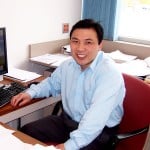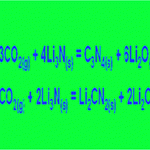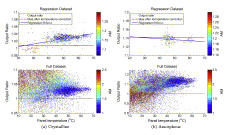
Professor Hun Hang Hu has been nominated for a World Technology Award. The awards “recognize and honor the world’s key visionaries, creators, and thinkers from all across the spectrum of science, technology and related fields” and pay tribute to “innovative work of the greatest likely long-term significance” in their respective field.
Read more at Tech Today.

